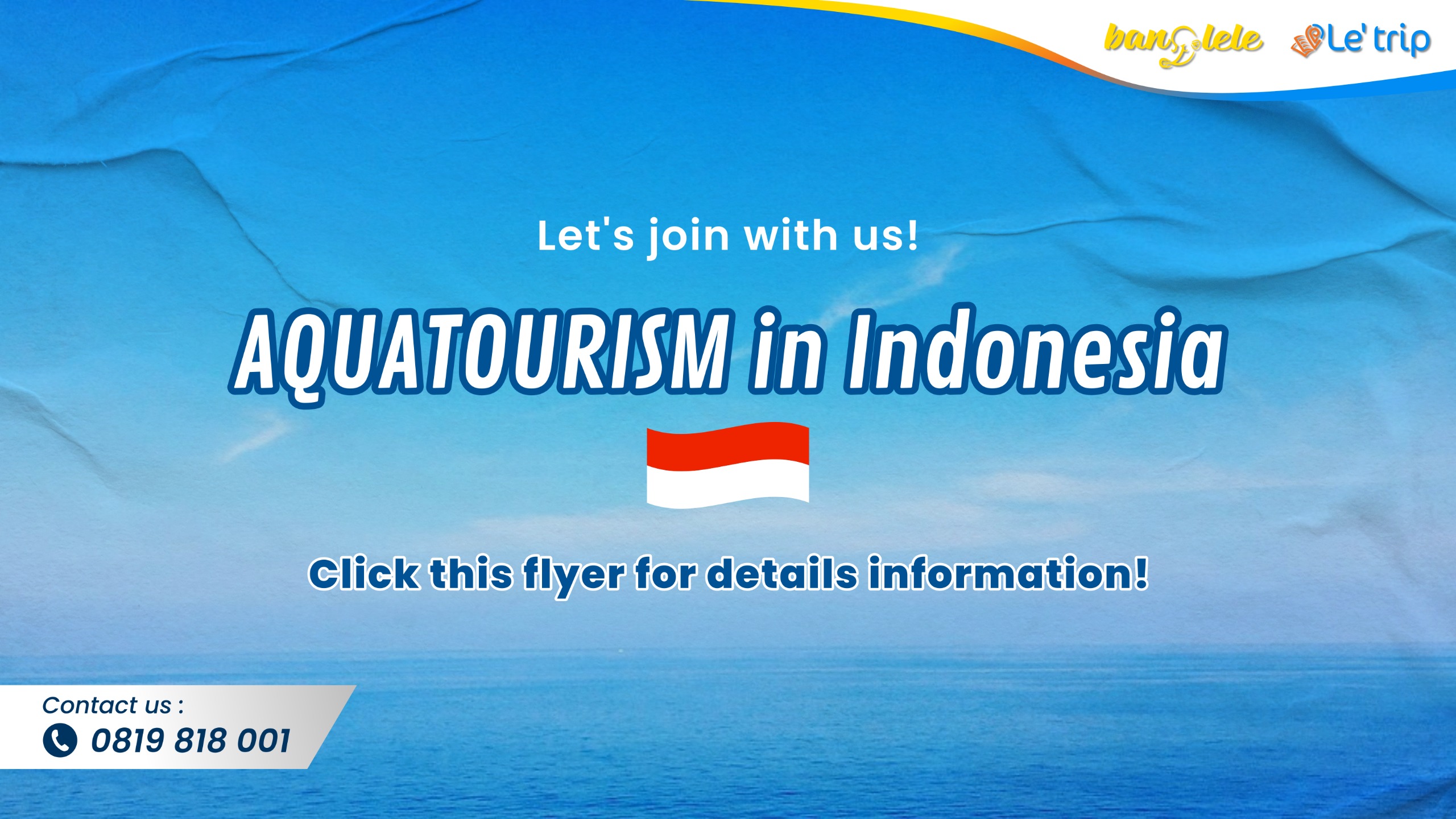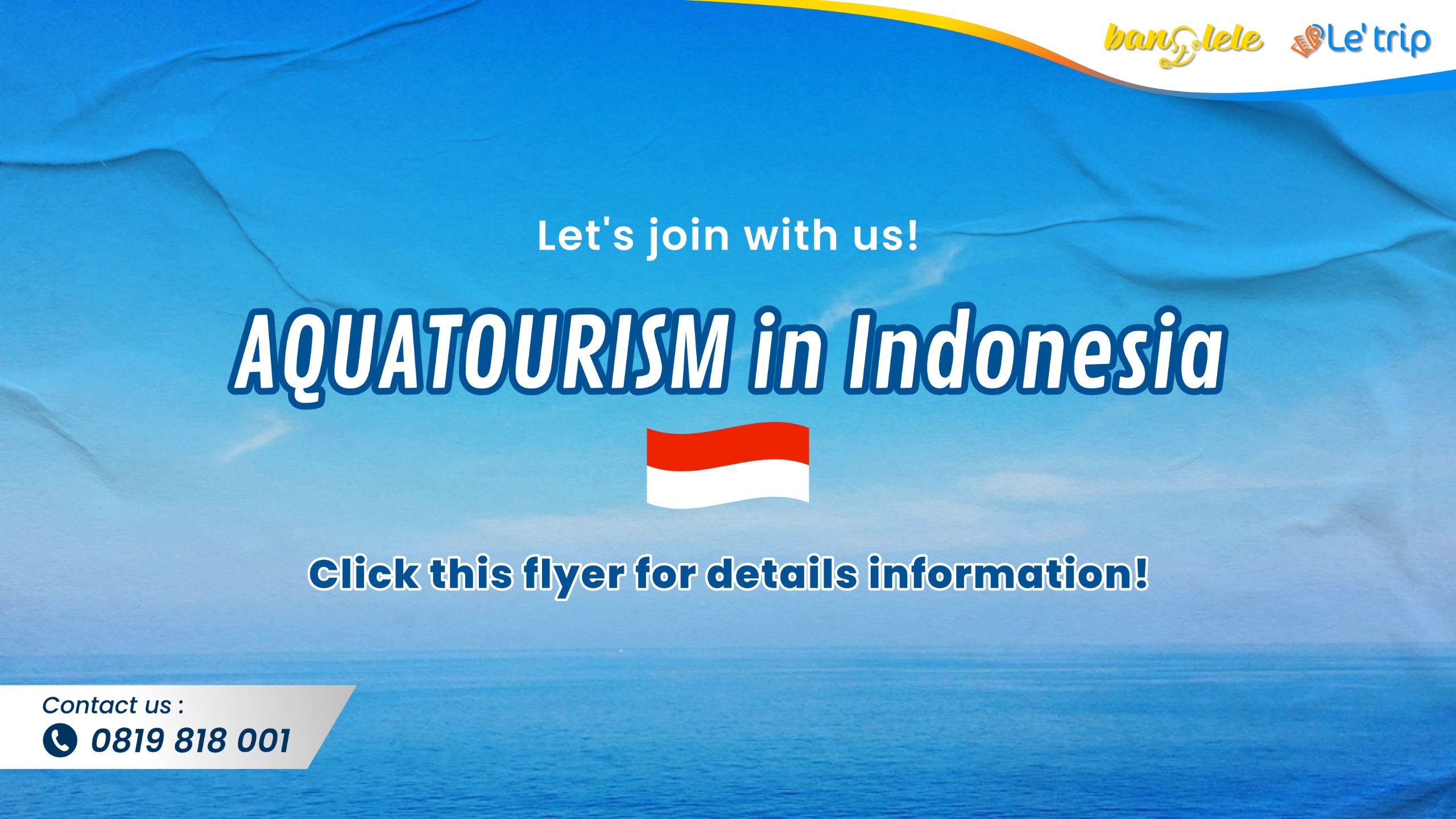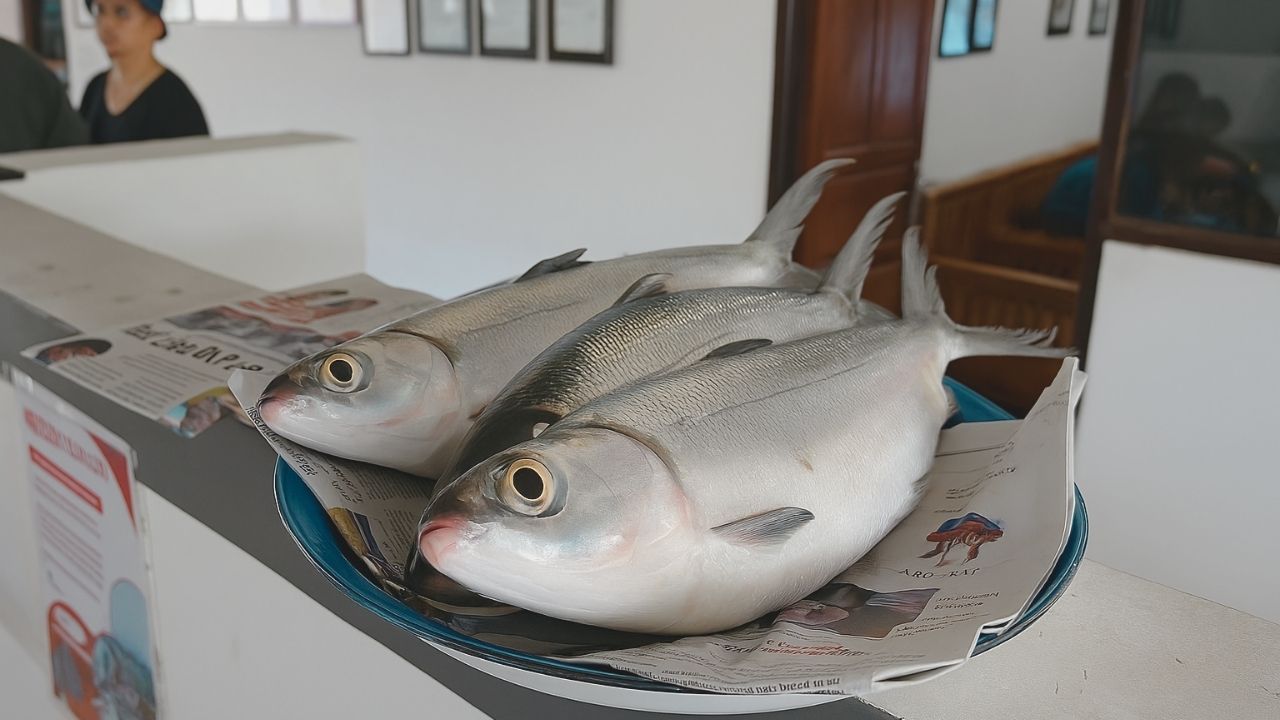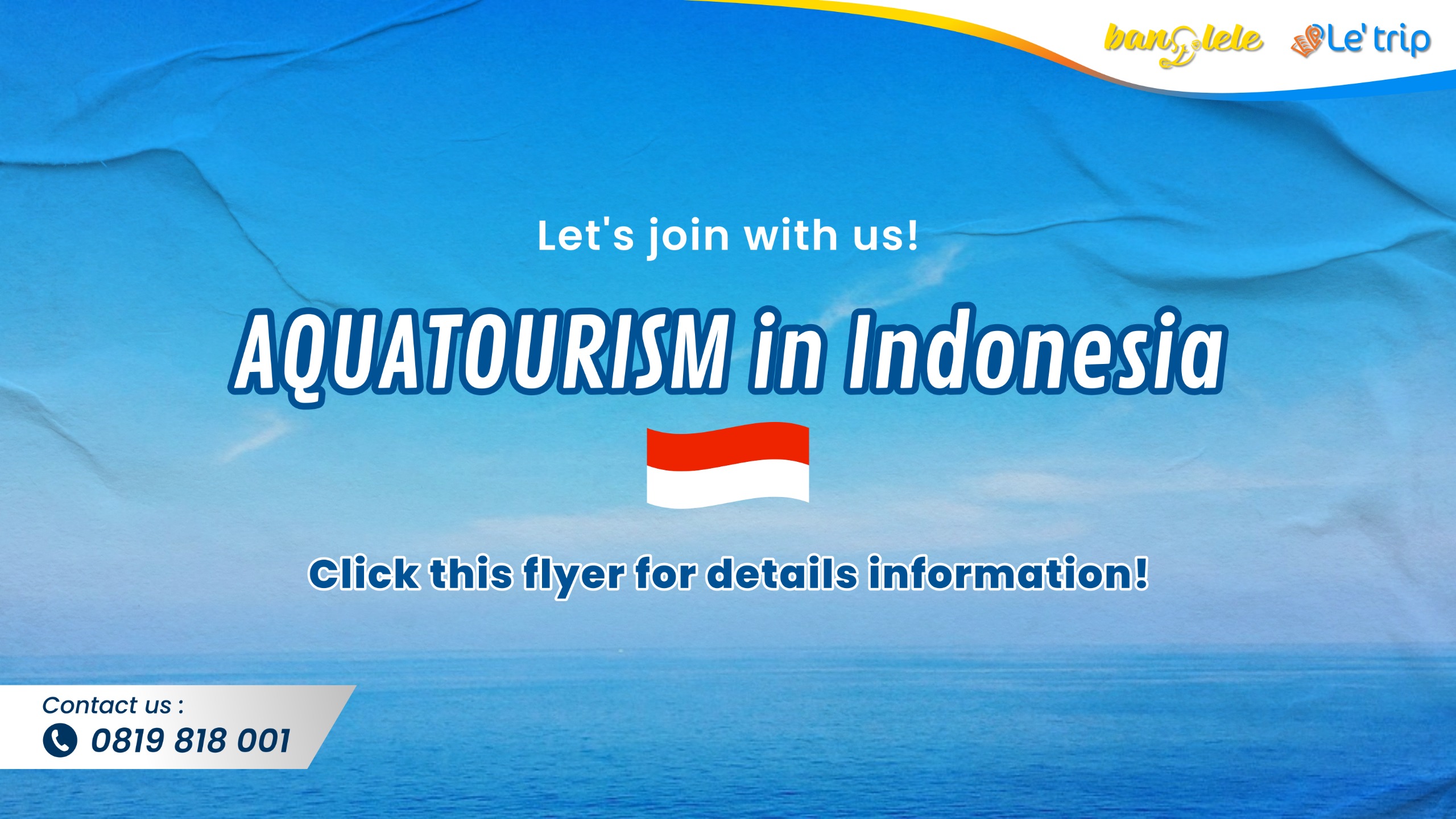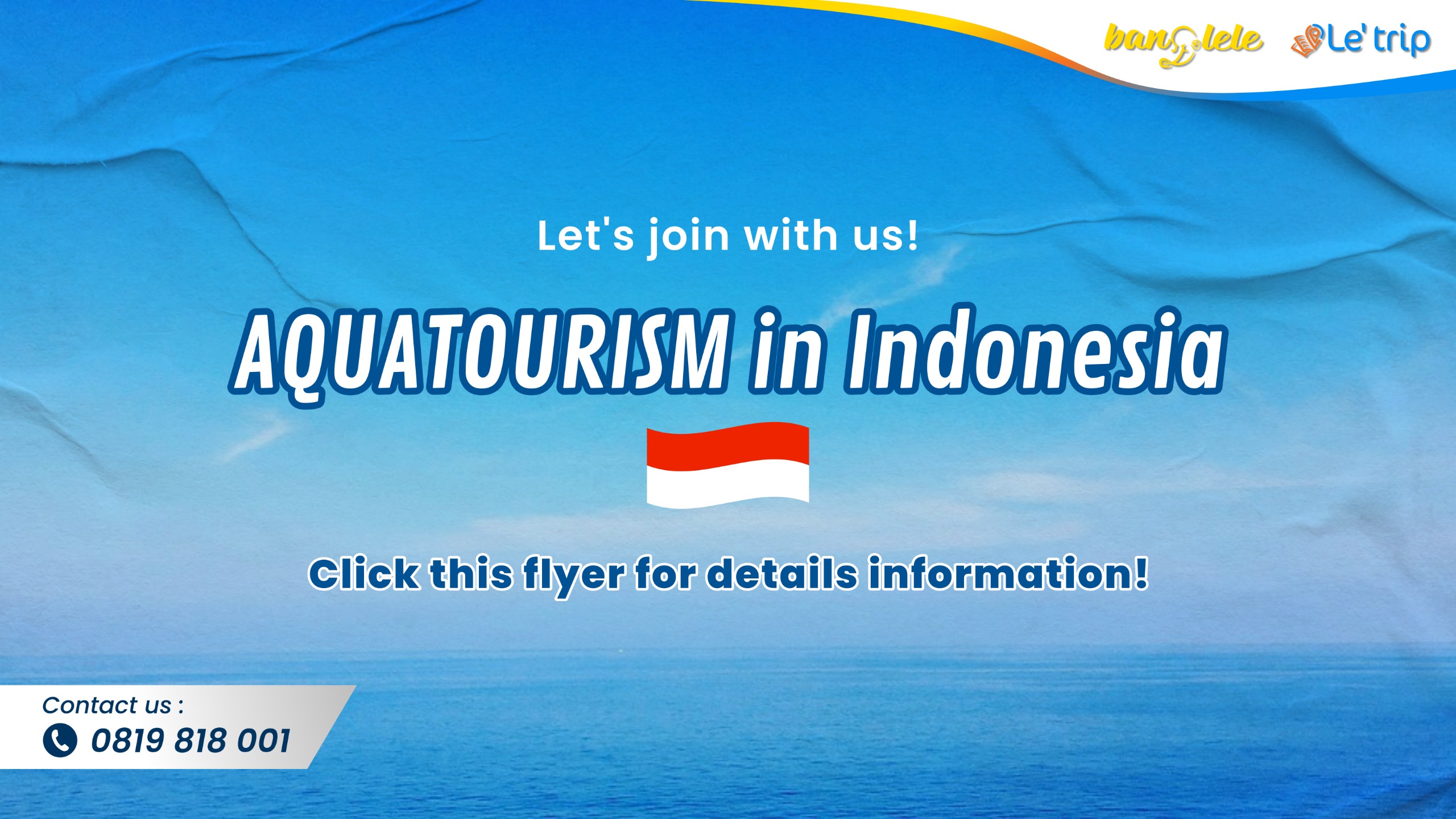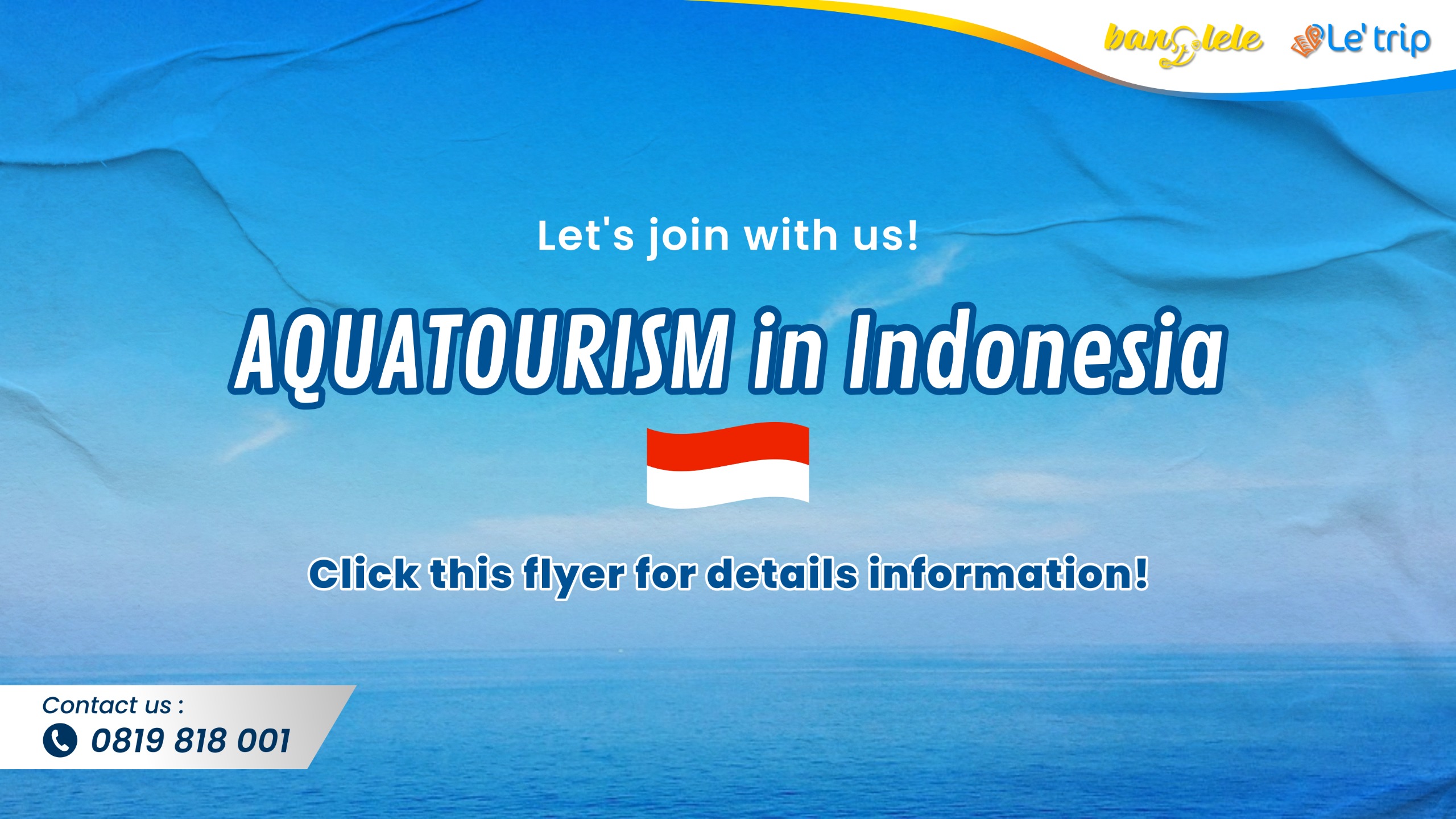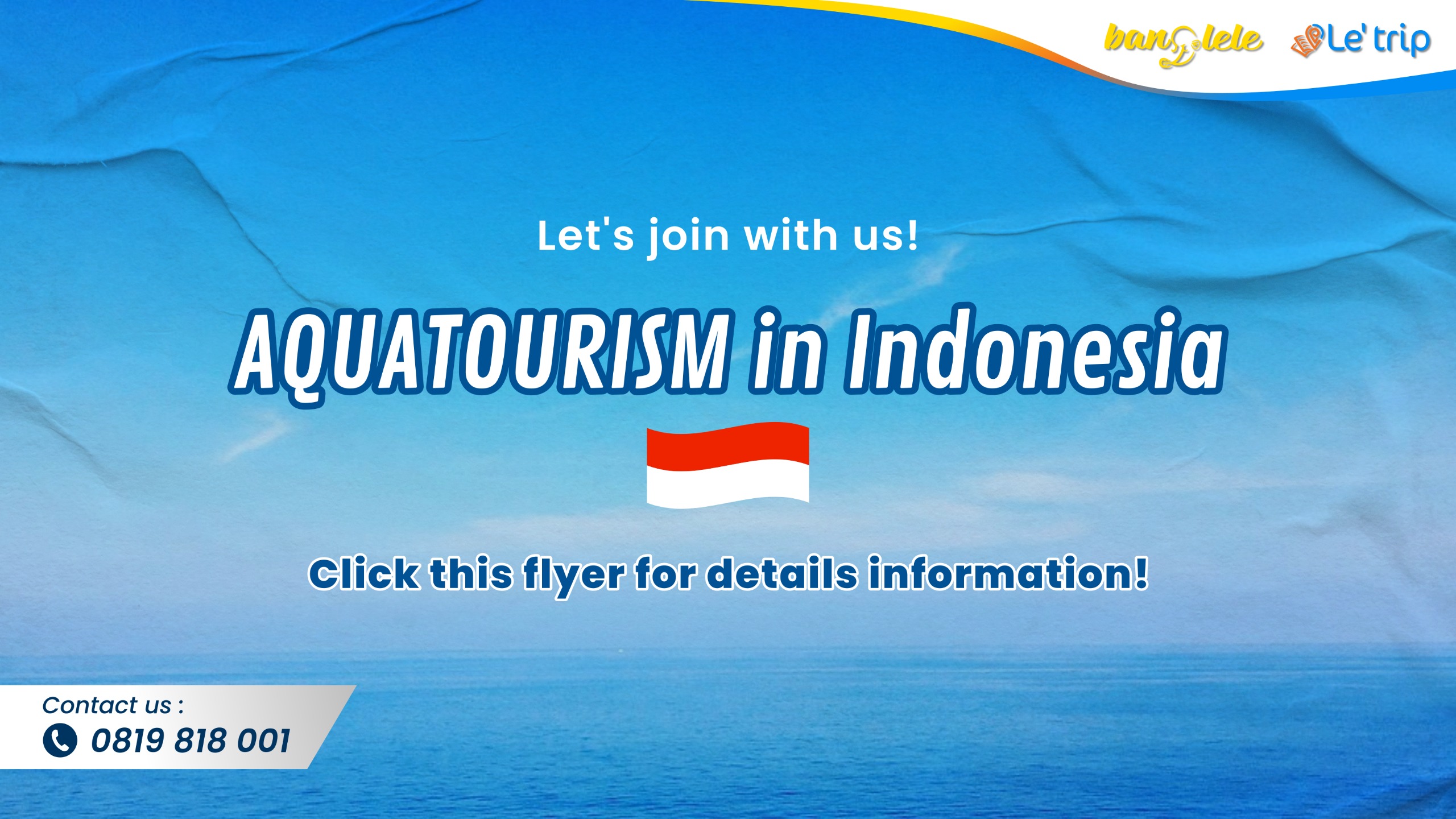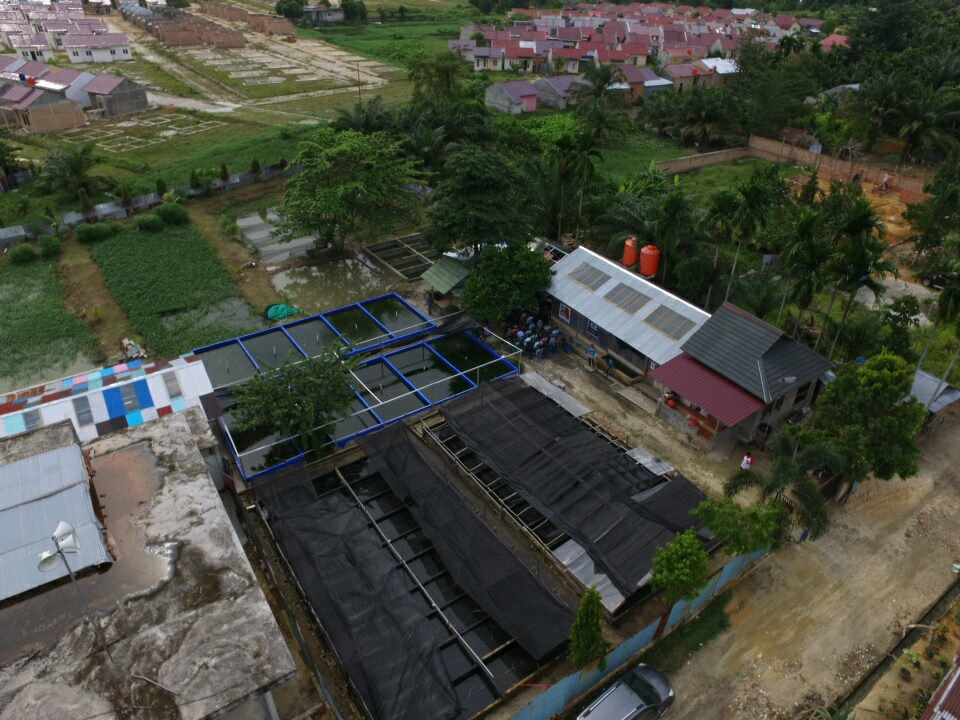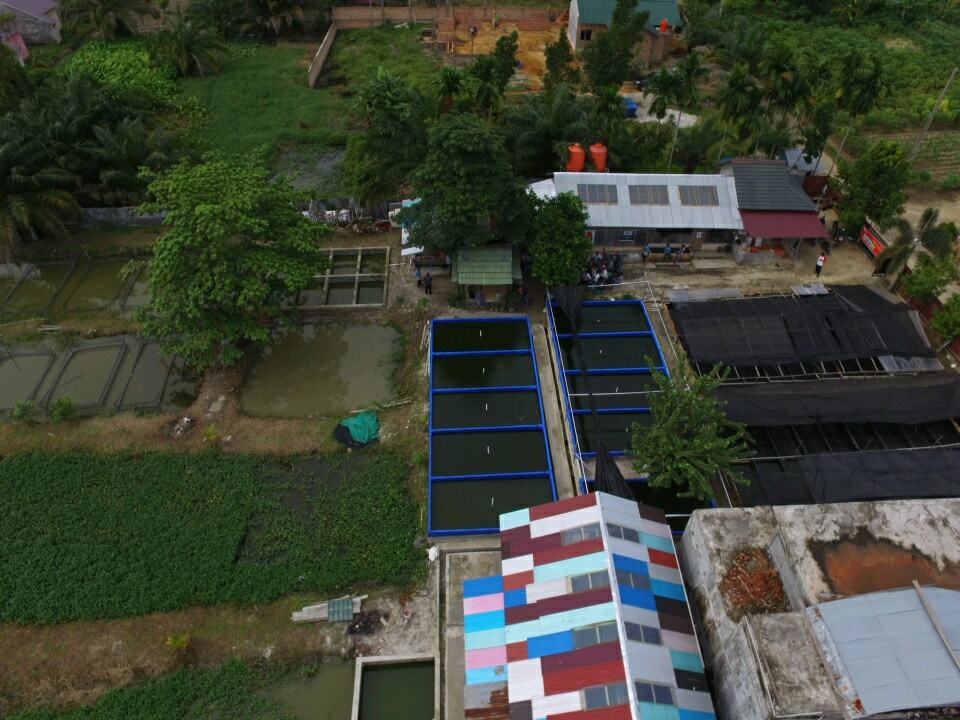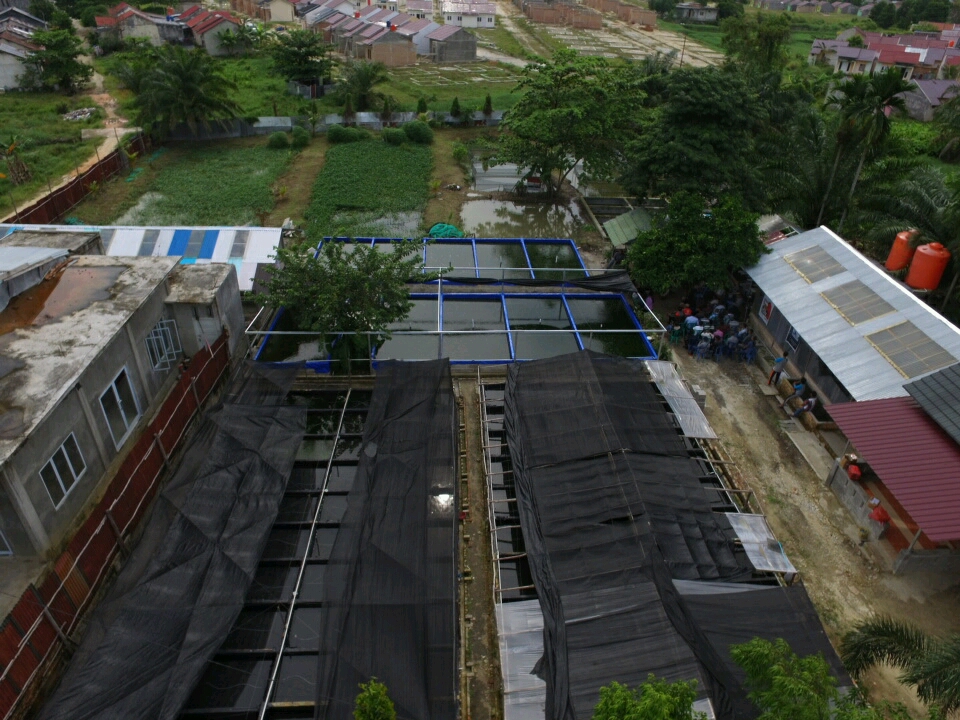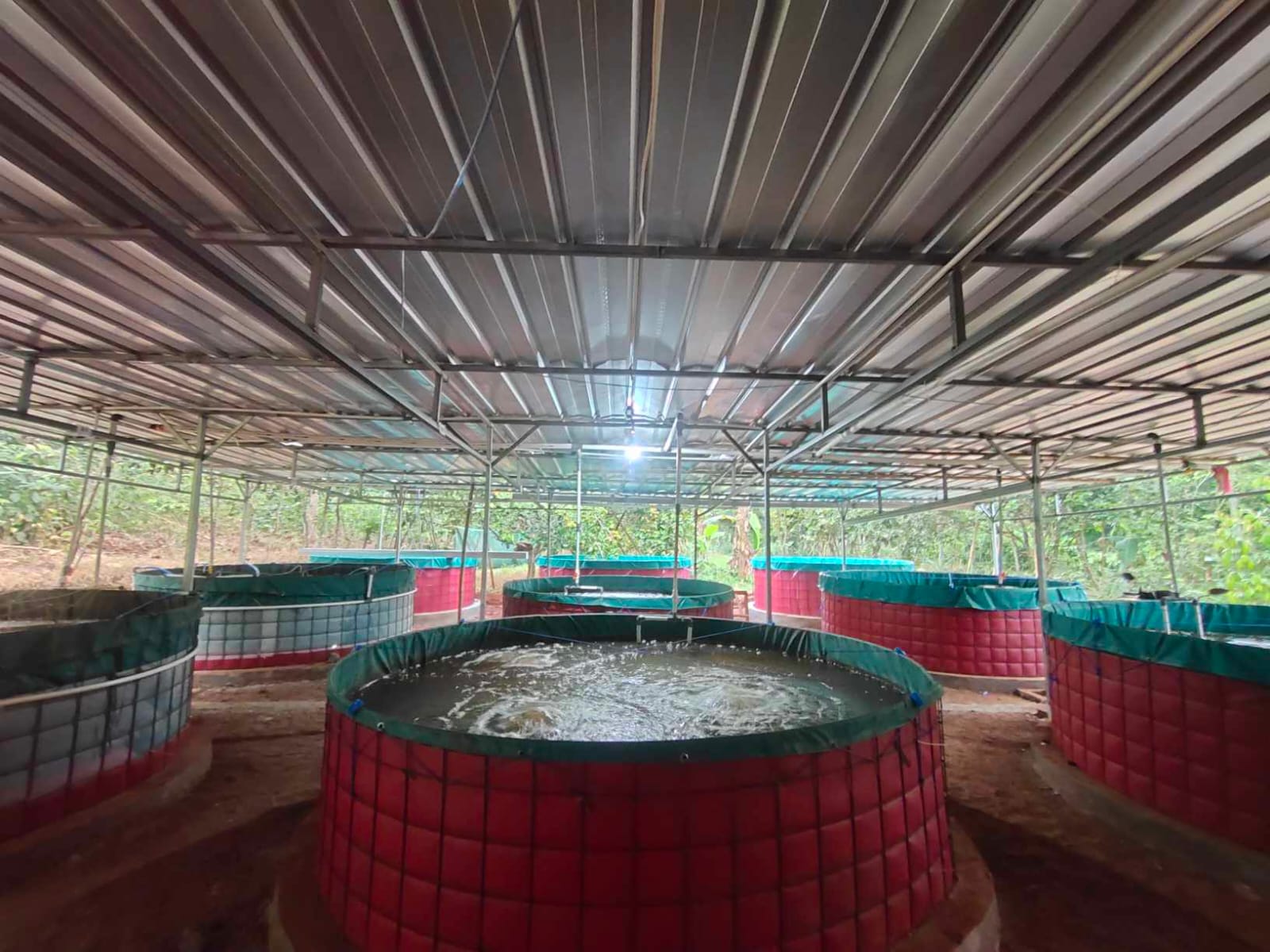Indonesia presents a profound irony: an archipelagic nation with the world's second-longest coastline, blessed with an abundance of marine wealth, yet still grappling with the challenge of fully harnessing this nutritional potential for its own people. This paradox, a stark contrast between maritime bounty and domestic consumption realities, forms the backdrop for a significant movement aimed at reshaping the nation's relationship with one of its most valuable food resources.
National data on fish consumption, known as the Angka Konsumsi Ikan (AKI), illustrates a story of progress shadowed by unmet potential. While per capita consumption has shown a steady upward trend, rising from 30.48 kilograms (approximately 67.2 pounds) in 2010 to a projected 58.91 kilograms (approximately 129.9 pounds) in 2024, it still falls short of the national target. The Ministry of Marine Affairs and Fisheries (KKP) has set a goal of 62.05 kilograms (approximately 136.8 pounds) per capita for 2024, a gap that signals a persistent challenge. These figures also mask significant regional disparities, indicating that awareness of the nutritional importance of fish has not permeated evenly across the vast archipelago.
This shortfall has become a matter of serious government concern, prompting the launch of a national priority program named Gerakan Memasyarakatkan Makan Ikan (GEMARIKAN), or the National Movement to Popularize Fish Consumption. The program's objectives are twofold: to improve public nutrition and combat the critical issue of stunting, which threatens the future of the nation's youth, and to serve as an economic engine for the millions of fishers and aquaculture farmers along Indonesia's coasts.
It is within this landscape of challenge and opportunity that the spotlight turns to the milkfish (Chanos chanos). Often overlooked and relegated to the status of a traditional, commonplace dish, this brackish-water fish is, in fact, a nutritional powerhouse. With a high protein content of approximately 20 grams per 100 grams of flesh and levels of Omega-3 fatty acids often compared to those of imported salmon, the milkfish stands as a veritable local superfood. Its potential is bolstered by a massive production capacity; KKP data recorded an aquaculture output of 772,709 tons in 2023, establishing it as one of Indonesia's largest aquaculture commodities.1 The issue, therefore, is not one of supply, but of demand, perception, and accessibility—a complex puzzle that a visionary private-sector initiative is now seeking to solve.
Conceiving "milkfish diplomacy"
From the private sector, a visionary initiative has emerged to address this national challenge. CV Putra Bahari Milkfish, a company based in Bali, has conceived a grand vision it calls "milkfish diplomacy." This is not a conventional business strategy but rather a sophisticated blueprint for a movement. Its goal is to elevate the milkfish from a local market commodity to a national nutritional ambassador and, ultimately, a culinary star on the global stage.
The concept of "milkfish diplomacy" transcends traditional marketing. It is a carefully crafted soft-power strategy, an intelligent approach that leverages culinary appeal as a medium to achieve larger, more strategic objectives. The philosophy underpinning this concept is the timeless idea that the most effective path to winning hearts and minds is through the stomach. The movement is built upon two synergistic pillars: an internal campaign to conquer the national dinner table and an external campaign to captivate the world's palate. The very choice of the term "diplomacy" is a deliberate act of framing. It elevates a commercial ambition into a national mission, suggesting a process of negotiation, relationship-building, and perception-shifting rather than simply selling a product. It reframes the challenge from a sales problem into an opportunity in cultural and international relations.
a. Internal diplomacy: conquering the national palate
The primary focus of the internal pillar is to transform perceptions and dismantle the barriers that have long prevented milkfish from becoming a staple choice for Indonesian families. One of the most significant hurdles, frequently cited by consumers, is the fish's intricate structure of numerous fine bones. This characteristic makes the experience of eating milkfish impractical and even risky, particularly for children. This perception of milkfish as a "complicated" food has created a powerful psychological barrier for a broader consumer base.
At its core, this is a user experience problem. For a typical family, the decision of what to serve for dinner involves a calculation of taste, nutrition, cost, and, critically, convenience. While milkfish scores well on the first three, it has historically failed on the convenience and safety front, branding it as a "high-effort" food. Milkfish diplomacy confronts this challenge by appointing product innovation as its "chief negotiator." The movement champions the creation of value-added processed products that directly address consumer grievances. Imagine boneless milkfish ready for the pan, pressure-cooked bandeng presto with bones so soft they are edible, frozen fillets perfectly suited for a busy urban lifestyle, and canned milkfish in a variety of sauces offering a long shelf life. These innovative products are the most effective ambassadors in the mission to make milkfish a national nutritional priority. They offer not only delicious flavor but also the convenience, safety, and practicality needed to make the fish more accessible and appealing to a wider market, from homemakers to busy young professionals. By redesigning the product to remove the primary point of friction, these innovations transform milkfish from a high-effort meal into a low-effort one, making it instantly competitive with chicken and other proteins.
Bandeng presto prepared by a pressure-cooking technique (high-pressure boiling) that renders the flesh tender and softens the bones so they are edible.: Luhkan Prabumulih/Della Kartika Sari
b. External diplomacy: going international
Once the hearts of the domestic market are won, the next logical step is to introduce milkfish to the world. The external diplomacy pillar is designed to penetrate a global market that shows a consistently growing demand for high-quality fishery products. Evidence of this potential already exists: Indonesian milkfish is in demand in several countries in the Middle East and other parts of Asia. Notably, milkfish products from South Sulawesi have successfully entered markets in eight different countries, proving that a receptive international niche is ready to be explored.
The strategy for global market penetration is not merely to export a raw commodity but to export a "modernly packaged Indonesian culinary experience." This approach necessitates offering processed milkfish products that are not only delicious but also meet stringent international food safety and quality standards, such as Hazard Analysis and Critical Control Points (HACCP) and Good Manufacturing Practices (GMP) certifications.
A tangible manifestation of this global strategy is an innovative program known as Aquatourism. Initiated by Indonesian aquaculture expert Dr. Romi Novriadi in collaboration with Banglele Indonesia, this intelligent program blends tourism with fisheries education. The goal is to transform aquaculture sites into engaging learning destinations where visitors can observe and participate in the milkfish production process firsthand, with CV Putra Bahari Milkfish serving as a key showcase for the program. Through this initiative, Dr. Novriadi, recently appointed Secretary-General of the Indonesian Aquaculture Society (MAI), also aims to promote milkfish as a superior Indonesian food commodity under the slogan "Healthy and Nutritious".
A concrete example of this diplomacy in action was a visit by a group of students from Roger Williams University in the United States. They were invited to witness the entire life cycle of the milkfish, from broodstock management to the grow-out phase, culminating in a tasting of various prepared dishes. This direct, immersive experience is a cornerstone of milkfish diplomacy on the global stage, using firsthand engagement to introduce Indonesia's culinary potential and fishery technology to an international audience. The visit left a deep and positive impression on the participants, as reflected in their responses.
Matthew McCormack remarked, "The milkfish has a taste similar to salmon, but honestly, this is more delicious and I love it. This milkfish is very good and interesting; I think it will have a very bright future."
Macie Whalen added, "The flavor of the milkfish meat is very delicious and a bit similar to the taste of chicken or turkey. The meat is very rich in flavor, and I really enjoyed the various types of processed milkfish I tried today. I am confident that milkfish will have a big impact in our home country (the United States) and can provide an interesting experience for fishery practitioners."
Their professor, Dr. Hisham Abdelrahman, shared their enthusiasm: "My impression is no different from my students' (the milkfish meat has a delicious taste); this is also the first time I have tried the taste of milkfish. I want to thank all parties (CV Putra Bahari Milkfish) for giving us this opportunity (to see the cultivation system and taste the milkfish)."
This approach represents a masterclass in experiential marketing. Rather than relying on traditional advertising, the strategy creates credible, third-party international ambassadors for the product. These authentic testimonials are far more persuasive in a foreign market than a corporate press release, effectively planting seeds of interest by educating and inspiring future industry leaders.
CV Putra Bahari Milkfish: the architect behind the vision
Behind the grand vision of milkfish diplomacy stands an entity whose role is fundamental yet often unseen: CV Putra Bahari Milkfish. To grasp the depth of this strategy, it is essential to understand the company's unique position within the national fisheries ecosystem. Located in Gerokgak, Buleleng, Bali, CV Putra Bahari Milkfish is not a producer of processed foods. Instead, it is a dominant player in the upstream sector, operating as one of Indonesia's largest and most reputable suppliers of high-quality milkfish fry, known locally as nener.
The scale of the company's operations is immense. With six broodstock ponds that are home to over 5,000 productive breeders, they can produce an average of 6 million eggs each day. These eggs are then hatched in 172 hatchery tanks, which have a combined production capacity of 20 million fry per month. Their credibility is built not just on quantity but on quality. CV Putra Bahari Milkfish has earned crucial certifications from the KKP, including Good Fish Quarantine Practices (CKIB) and Good Fish Hatchery Practices (CPIB), which guarantee that the fry they produce are healthy, disease-free, and of superior quality. Their expertise in logistics and international trade is well-established, with a solid network for exporting fry to countries such as the Philippines, Singapore, Taiwan, and Thailand.
Hatchery tanks for milkfish eggs: Banglele Indonesia
From this formidable foundation in the upstream sector, a brilliant strategic vision was born. The concept of "milkfish diplomacy" is not a random business diversification but a meticulously calculated vertical maneuver. As a producer of fry, the long-term growth of CV Putra Bahari Milkfish ultimately hinges on a single key factor: the size of the market demand for adult milkfish. If demand at the consumer level stagnates or declines, aquaculture farmers will reduce their production scale, which in turn directly lowers the demand for fry.
Therefore, by initiating and championing a movement to nationalize and internationalize milkfish consumption, CV Putra Bahari Milkfish is proactively creating and expanding the market for the final product. This is a strategic investment in the entire production chain. They are not merely selling fry; they are ensuring that a robust and growing market exists to absorb the fish that will grow from that fry. It is a visionary approach to guaranteeing the sustainability and growth of their core business by building the entire ecosystem around it. To realize this vision, the national strategy is executed through three main pillars:
1. Rebranding
The first pillar aims to fundamentally change the image of milkfish. The goal is to reposition it from a "common folk's fish," synonymous with traditional markets, to a "premium and smart protein source" for modern Indonesian families. This campaign emphasizes its nutritional advantages, which are on par with expensive imported fish, making it a smart choice from both a nutritional and economic standpoint.
2. Product Innovation
This pillar is the practical implementation of internal diplomacy. CV Putra Bahari Milkfish actively encourages or partners with the downstream industry to develop a diverse range of processed products that meet the demands of a modern lifestyle: practical, healthy, and delicious. The availability of products like boneless milkfish and various ready-to-eat options is key to breaking down the long-standing barriers to consumption in Indonesia.
3. Nutritional Education
The third pillar focuses on a systematic and massive educational campaign about the health benefits of milkfish. Using a scientific, data-based approach, the public is educated to understand that milkfish is not just another menu option but an essential source of nutrition that deserves to be consumed regularly. Its protein content of around 20 grams per 100 grams is vital for growth, cell repair, and building immunity. Furthermore, milkfish is rich in Omega-3 fatty acids, which are proven to support brain health, enhance memory, prevent dementia, and protect the heart by lowering triglycerides and cholesterol. The fish also contains essential vitamins and minerals, including Vitamin B3 to increase HDL (good cholesterol), Vitamin A for eye health, calcium and phosphorus for strong bones and teeth, and iron and Vitamin B12 to aid in red blood cell production and prevent anemia.
Weaving hope into the fabric of national policy
The "milkfish diplomacy" movement initiated by CV Putra Bahari Milkfish does not exist in a corporate vacuum; it resonates harmoniously with Indonesia's broader national development agenda. This initiative serves as an ideal example of how the private sector can act as an accelerator and strategic partner in achieving the government's goals for its people.
This synergy becomes clear when "milkfish diplomacy" is viewed alongside the government-led GEMARIKAN program. By focusing on product innovations that make fish easier and more appealing to consume, the movement provides the very tools needed for the national campaign to succeed. A greater variety of practical milkfish products on the market has the potential to significantly boost the national fish consumption rate. Moreover, the educational campaign highlighting the rich protein and Omega-3 content of milkfish positions the movement as a frontline ally in the government's fight against stunting, helping to ensure that the next generation of Indonesians grows up healthy and intelligent.
On a macroeconomic scale, the successful nationalization and export of milkfish would contribute significantly to national food security by optimizing a local protein source. In the international trade arena, a focus on exporting value-added processed products would strengthen the trade balance of Indonesia's fisheries sector, a key priority for the KKP. To provide a clearer picture of the milkfish's competitive edge, the following table compares its nutritional profile with other popular protein sources.
Table 1: comparative nutritional highlights of milkfish (per 100g)
Source: nilaigizi.com. Note: RDI (Recommended Dietary Intake) percentages are approximations based on the original text's "AKG" (Angka Kecukupan Gizi)
This table visually demonstrates the unique value proposition of milkfish. While other protein sources like chicken may offer a higher absolute protein count, milkfish provides a more balanced nutritional package. Its standout feature is its high content of Omega-3 fatty acids, a crucial nutrient in the modern diet. This data provides the scientific backbone for the "smart protein" rebranding claim, transforming a marketing slogan into an evidence-backed assertion that milkfish is not just a substitute for other proteins but a superior choice for specific health goals like brain and heart health.
The ripple effect of a single fish
Although the vision is grand, the journey is not without its obstacles. The main achievement to date has been an increase in public and industry discourse and awareness regarding the potential of local fish and the importance of downstream processing. Initiatives like this spark crucial conversations among government officials and business leaders about how to add value to national fishery commodities. However, the greatest challenges are cultural and behavioral. Changing deeply ingrained eating habits to make milkfish a primary choice at the dinner table—rather than an alternative to chicken or other fish—is a marathon, not a sprint. It demands consistent, creative, and sustained educational efforts.
Successfully overcoming this challenge would create an extraordinary positive ripple effect throughout the entire fisheries ecosystem. The chain of impact would begin with increased consumer demand for processed milkfish, which would in turn spur the growth of the fish processing industry (UPI). These processing plants would then absorb a larger supply of market-size milkfish from aquaculture farmers. To meet this rising demand, the farmers would expand their operations, meaning they would purchase more high-quality fry from upstream suppliers like CV Putra Bahari Milkfish.
This economic wheel, turning along the entire value chain—from hatchery and farming to processing, distribution, and marketing—would create significant employment and improve the welfare of coastal communities. Ultimately, "milkfish diplomacy" could realize one of the primary objectives of national marine and fisheries policy: to enhance the prosperity of the people. It stands as a powerful model of sustainable, market-driven development, demonstrating how a single company's strategic vision can create a virtuous economic cycle that improves public health, strengthens food security, and lifts an entire industry, achieving major national goals in the process.

